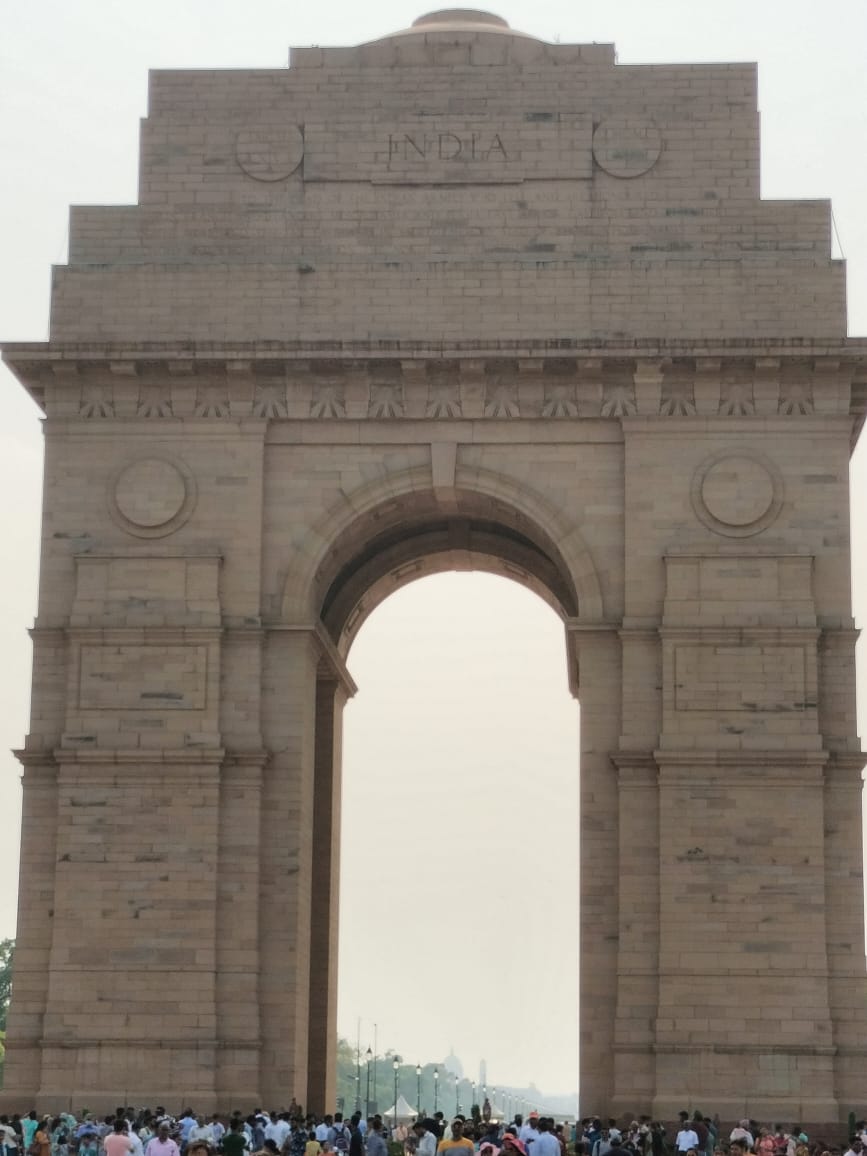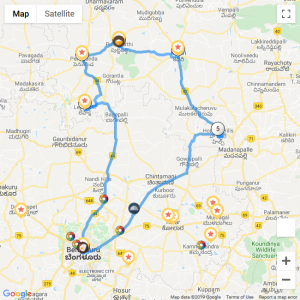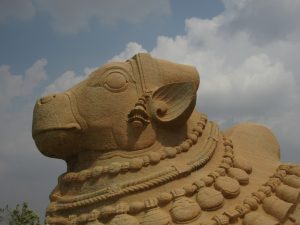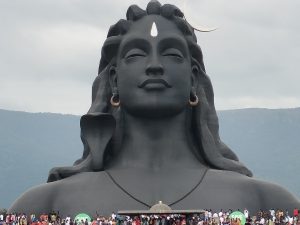India Gate stands tall and proud in the heart of New Delhi, the capital city of India. This iconic structure is more than just a war memorial; it is a symbol of unity, sacrifice, and the indomitable spirit of the Indian people. Built as a tribute to the soldiers who sacrificed their lives during World War I and the Third Anglo-Afghan War, India Gate has become a cherished landmark and a popular destination for locals and tourists alike. In this blog, we will delve into the history, significance, and allure of this majestic monument.
- History and Architecture:
Designed by Sir Edwin Lutyens, a renowned British architect, India Gate was completed in 1931. It was originally known as the All India War Memorial and was dedicated to the soldiers of the British Indian Army who lost their lives in various conflicts. Standing at a height of 42 meters, the monument is a triumphal arch made of sandstone and granite, inspired by the Arc de Triomphe in Paris. The structure is adorned with intricate carvings, including the names of over 13,000 soldiers inscribed on the walls, honoring their sacrifices.
- A Memorial of Sacrifice:
India Gate serves as a powerful reminder of the sacrifices made by Indian soldiers in service of their country. It is a tribute to the valor, courage, and selflessness of those who laid down their lives during the wars. The Amar Jawan Jyoti, an eternal flame, was added beneath the arch in 1971 as a tribute to the unknown soldiers who lost their lives in the Indo-Pak War of 1971. The flame burns day and night, representing the perpetual gratitude and remembrance of the nation.
- Gathering Place for Unity:
Beyond its historical significance, India Gate holds immense social and cultural importance. The sprawling lawns surrounding the monument have become a popular gathering place for people from all walks of life. Families, couples, and friends come here to enjoy picnics, stroll along the pathways, and engage in recreational activities. The vibrant atmosphere, especially during evenings and weekends, reflects the diversity and spirit of the Indian populace. It is a place where people of different backgrounds come together, transcending social barriers and fostering a sense of unity.
- Cultural and Festive Celebrations:
India Gate serves as a backdrop for numerous cultural and festive celebrations throughout the year. The Republic Day parade, held annually on 26th January, passes through Rajpath, with India Gate acting as a focal point of the grand spectacle. The monument is also illuminated on various occasions, such as Independence Day and New Year’s Eve, creating a mesmerizing sight that captivates visitors.
- Tourism and Leisure:
As one of Delhi’s most popular tourist attractions, India Gate draws visitors from around the world. Travelers are fascinated by its grandeur and historical significance. The surrounding area boasts several other notable landmarks, such as the Rashtrapati Bhavan (President’s Residence), Parliament House, and the National Museum, making it a significant cultural hub. Tourists can explore the nearby gardens, visit museums, or indulge in local street food, creating a memorable experience.
India Gate stands as a testament to the valor and sacrifice of Indian soldiers, evoking a deep sense of national pride. It represents unity, remembrance, and the resilience of a nation. Beyond its historical and cultural significance, the monument holds a special place in the hearts of the Indian people, who gather here to celebrate, reflect, and pay homage to the sacrifices of their forefathers. A visit to India Gate is not just a sightseeing excursion; it is an opportunity to immerse oneself in the rich history of India’s past.
*ChatGPTPositive-60%






